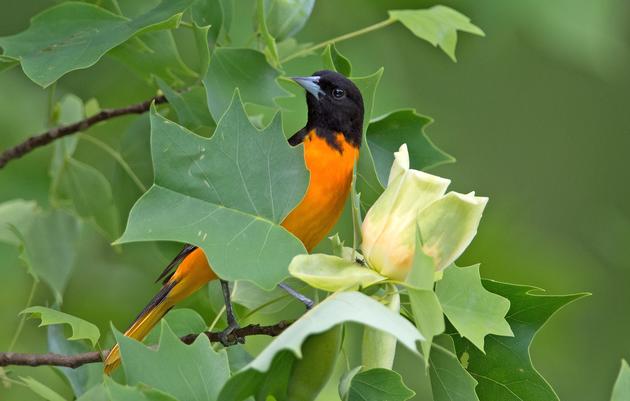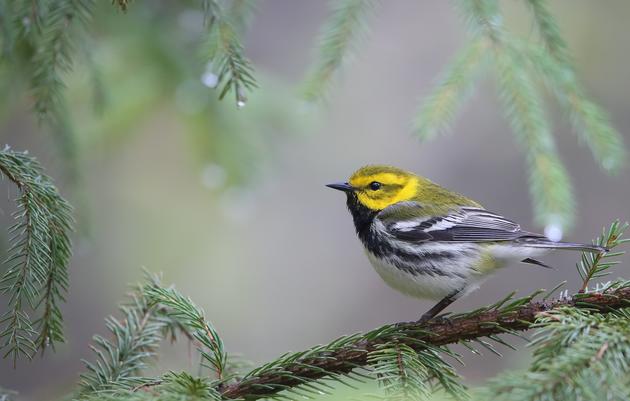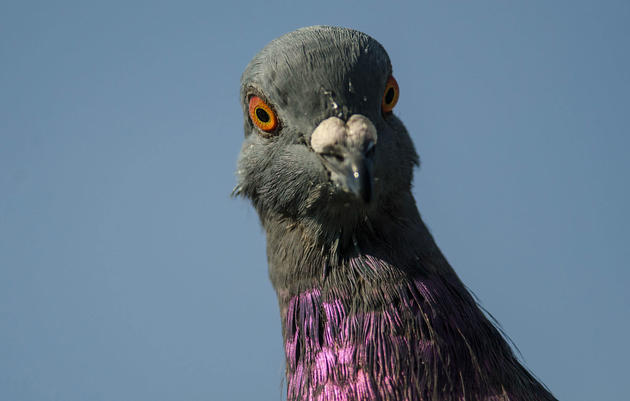Do you enjoy watching and listening to birds? The simple act of doing a "bird sit" doesn't require binoculars, or even going outside! Think of it as a kind of meditation with a focus on birds.
Bird sits can provide similar benefits to mindfulness practices, including relaxation and quiet mind. They also lead to seeing or hearing birds you otherwise may have missed! Best part is, the more you know about birds, the more you can do to help them.
Follow these 5 simple steps:
1) Find a Spot: Choose a spot where you can sit quietly and observe birds for 10-20 minutes. This can be your window, doorstep, backyard, or local park. Convenience is key.
2) Have a Seat: Find a comfortable sitting position. When we sit down and stay still, the birds come closer to us than they would if we were walking.
3) Tune in to the Birds: Quiet your mind and open your eyes and ears to the birds. Lead with curiosity and ask questions like: "What are the birds doing right now? Do they have a nest nearby? What have they eaten today?” Watch their behavior and listen for their vocalizations. Want to level up? Try teaching yourself to 'bird by ear.'
4) Greet Them By Name: If you're feeling ambitious and would like to try your hand at species identification, grab a field guide or download the Audubon Bird Guide App. If you just want to enjoy the experience, come up with your own names to help you remember them by color or sound!
5) Repeat: The best benefits come from repetition. Each day, look for the same birds you may have seen the day before. Getting to know a few feathered neighbors well is more rewarding than listing to all the birds you’re seeing or hearing. You may begin to discover which birds sing first at sunrise, which birds are mated pairs, where the nearest nest is located, and when the hawks are hunting.
Over time, your observations will reveal how the birds and their behaviors are driven by predation, feeding, mating, and nesting in the landscape. You’ll also begin to understand how your behaviors affects nearby birds. See something notworthy? Report your sighting on eBird!
If you're hoping to attract more birds to your backyard, you can do so with native plants. Click here to find the best plants for birds in your region.
May your bird sits provide you with fascinating observations, engaging questions and lasting connections to your local birds.






